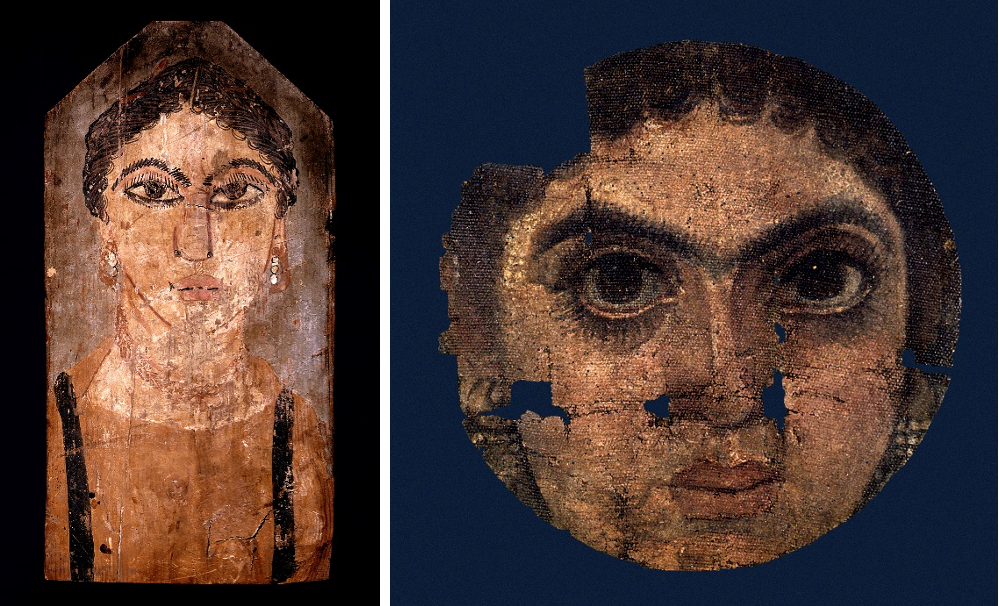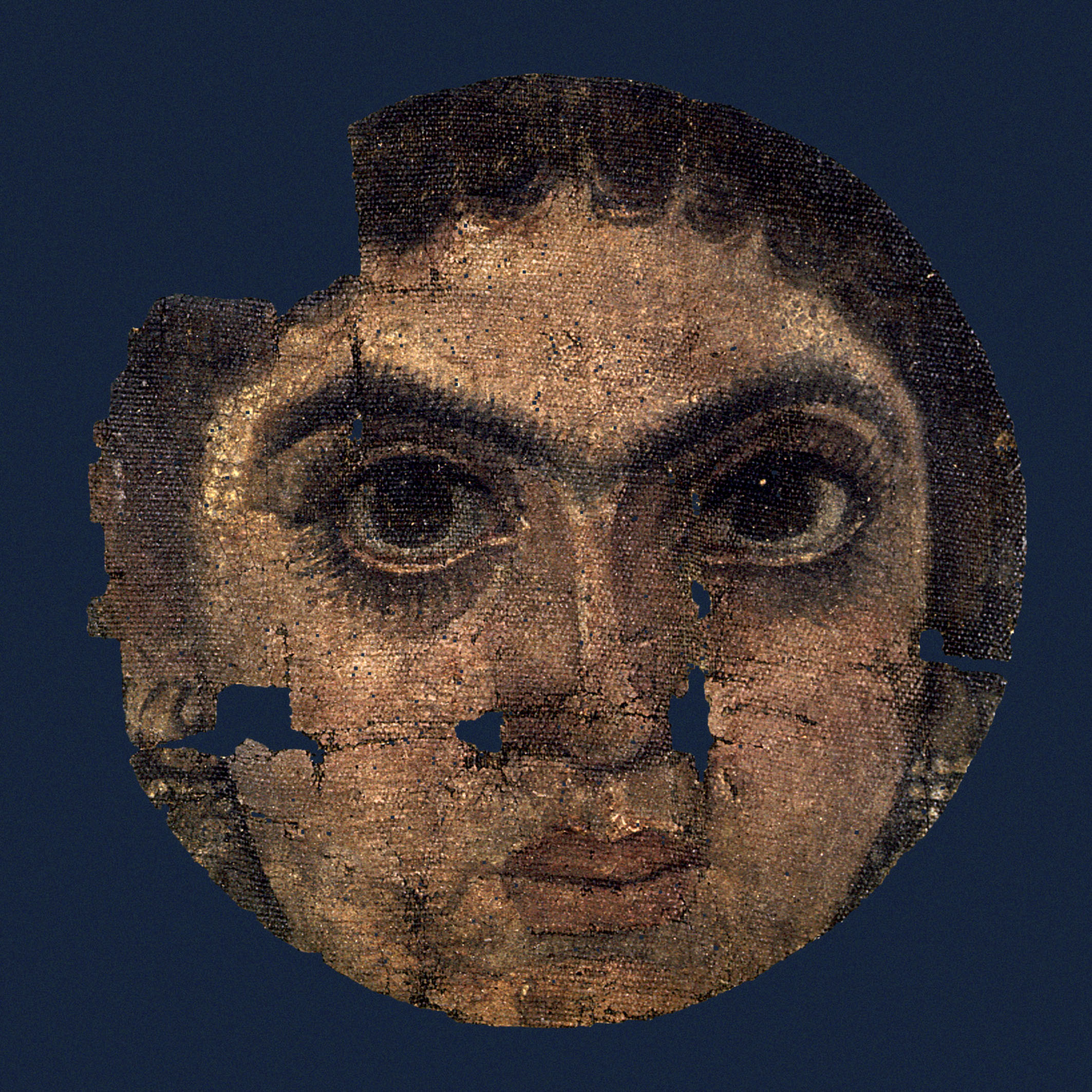The Netherlands Institute for Conservation+Art+Science+ joins the research project Face to Face: The People Behind the Mummy Portraits, providing advanced analytical techniques and imaging. The project is launched by the Allard Pierson in Amsterdam. It is an international study of twelve mummy portraits, two from the Allard Pierson collection and ten from partner museums in Europe.
Mummy portraits (depicting the head and shoulders of the deceased) are painted on wooden panels that are placed over the faces of mummified persons after the body has been treated and wrapped. They were made in Egypt during the Roman period and date from the first to the fourth centuries CE. They are the earliest known painted works of realistic portraiture that we know of. Around 1,100 are in existence around the world, five of them at the Allard Pierson.
The portraits will be documented and studies with various techniques, including high-resolution visible light photography, UV-photography, and imaging with advanced techniques (MA-XRF and RIS). The purpose of imaging is to identify the pigments used in the portraits, possibly establish the technique used to create them, and to identify degradation products and possible alterations to the portraits. Through NICAS, the National Gallery of Art in Washington D.C. also participates in the project, specifically for analysis with RIS.
The twelve mummy portraits will be displayed along with twenty other specimens in an exhibition at the Allard Pierson, starting on 6 October 2023. This is the first exhibition of Ancient Egyptian mummy portraits in the Netherlands. Preliminary results from the analysis will also be shared in the exhibition displays.
The research project continues after the exhibition, running until June 2024, after which the final results will be disseminated.

Two mummy portraits from the Allard Pierson collection that will be examined. Left: APM10998, portrait of a woman, 300-400 CE, tempera(?) on wood, height 33.6 cm, possibly from Er-Rubayat. Right: APM08133, portrait of a woman, 300-400 CE, tempera(?) on linen, width 14 cm, possibly Sakkara.

